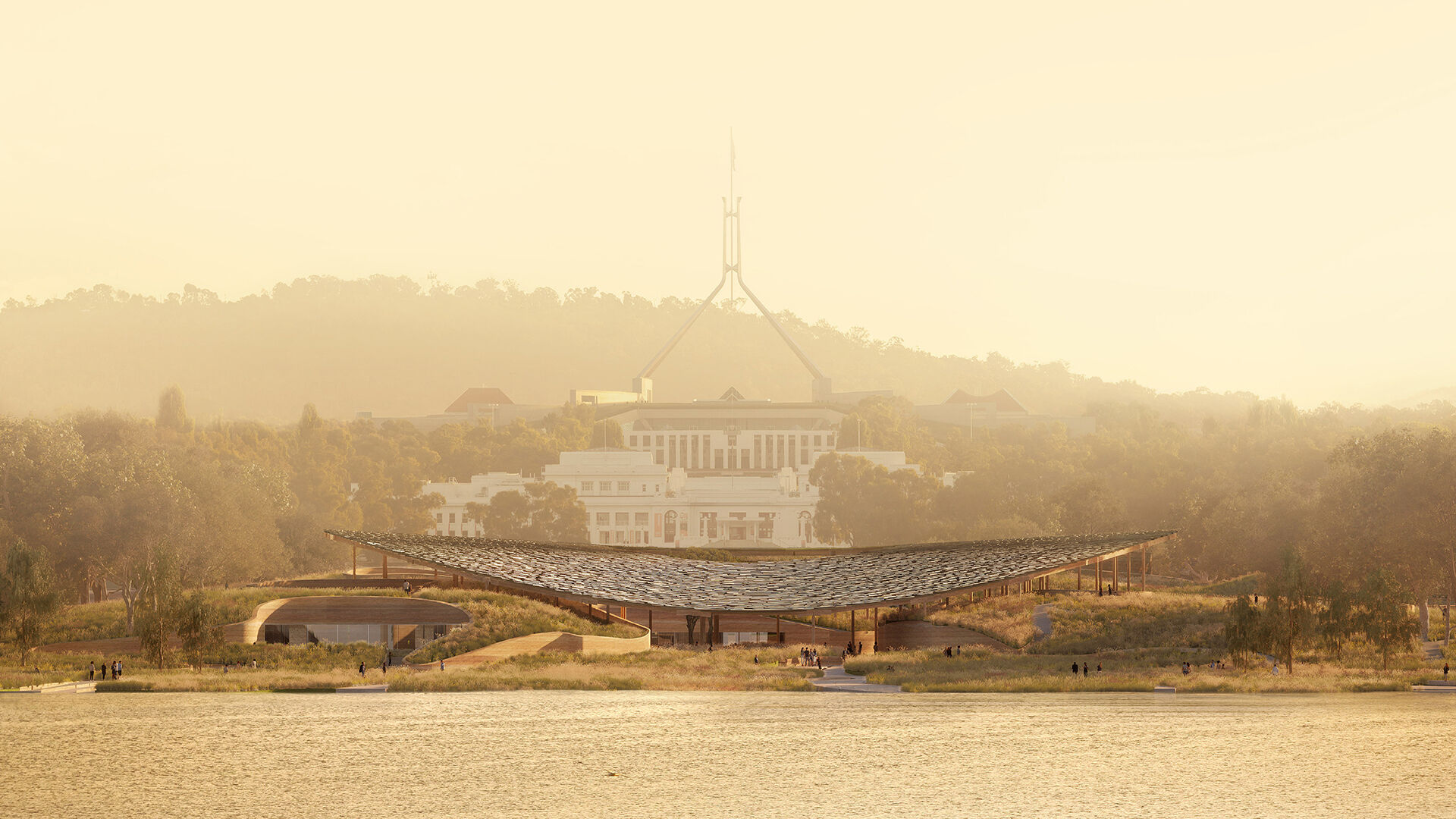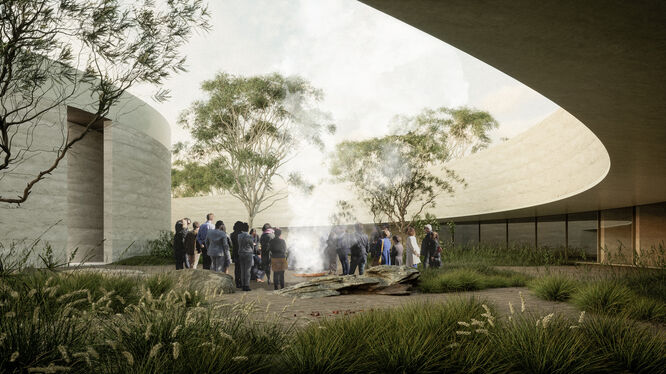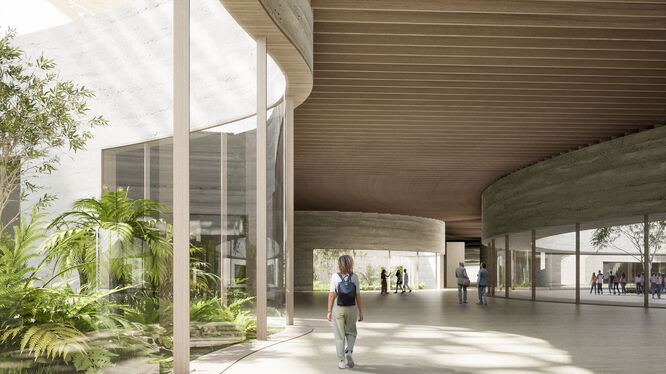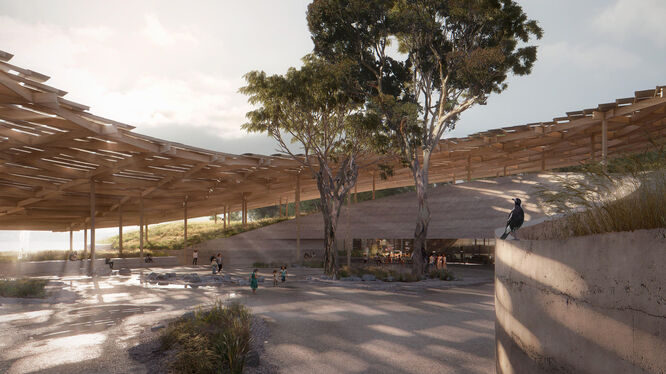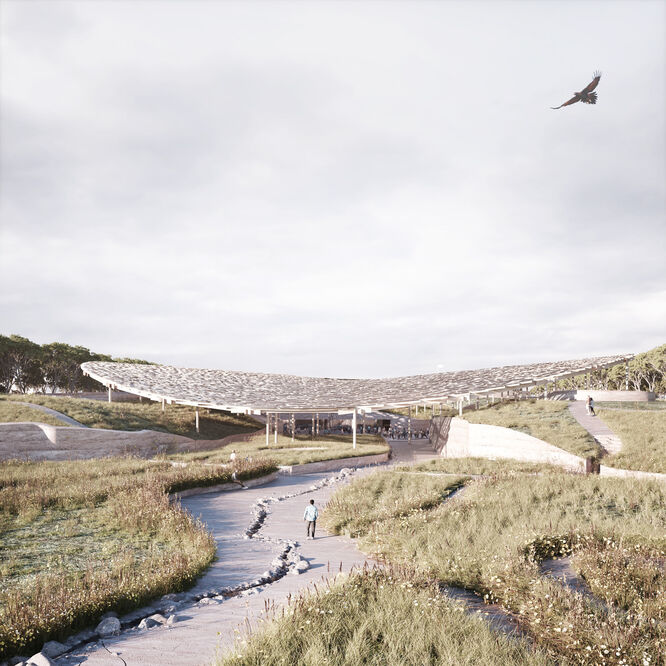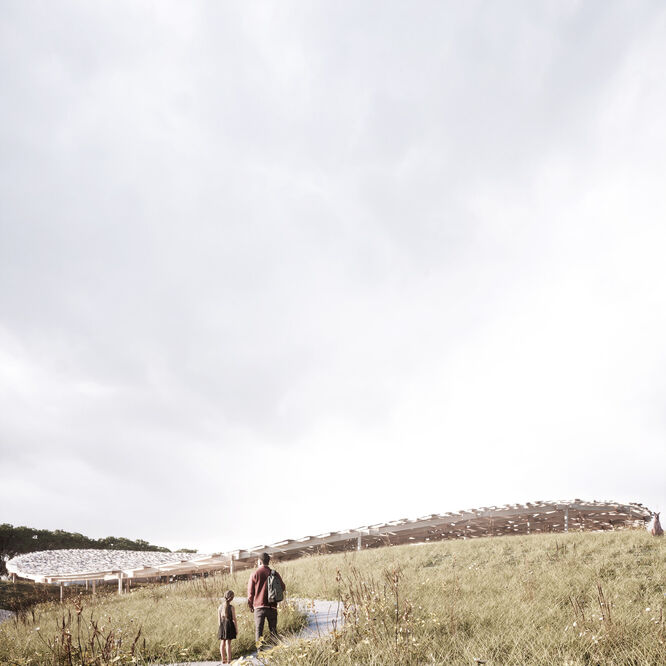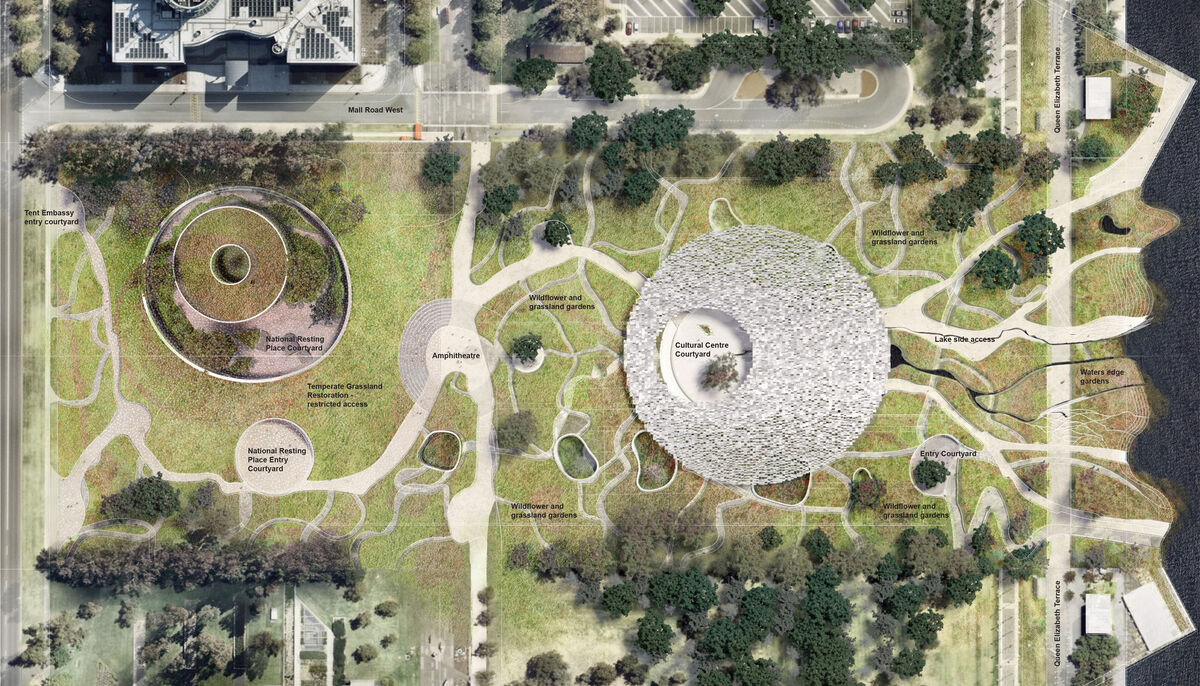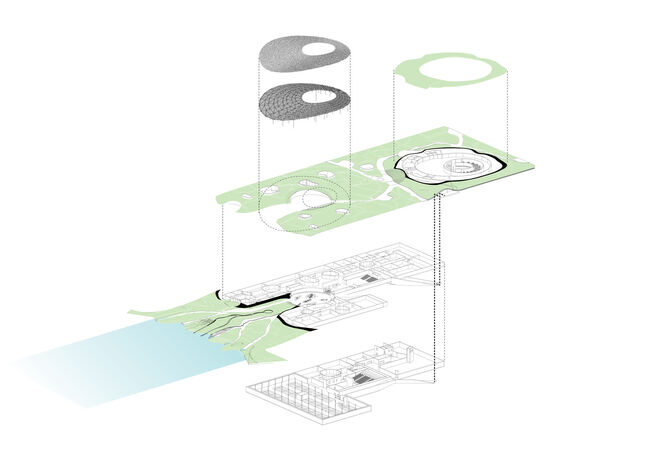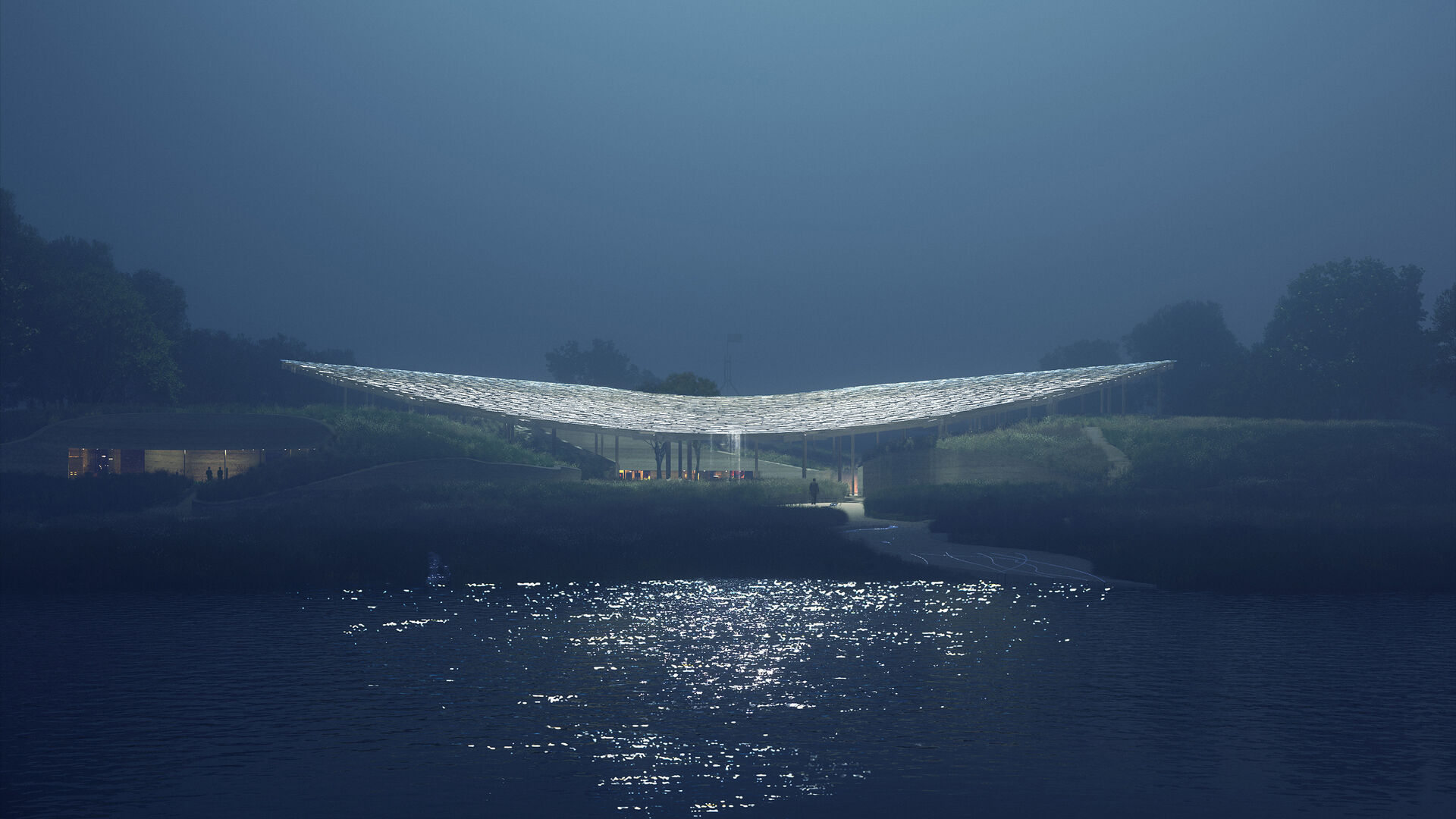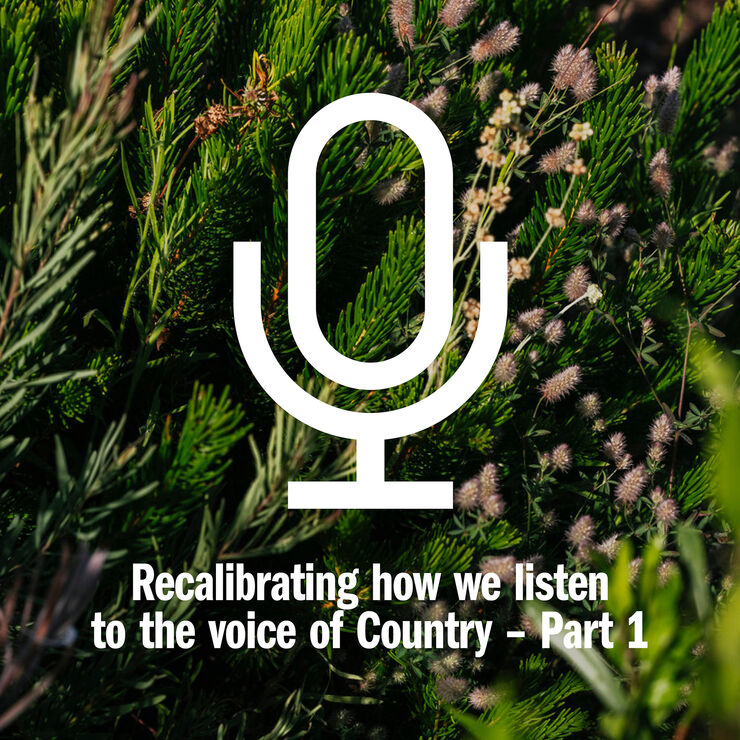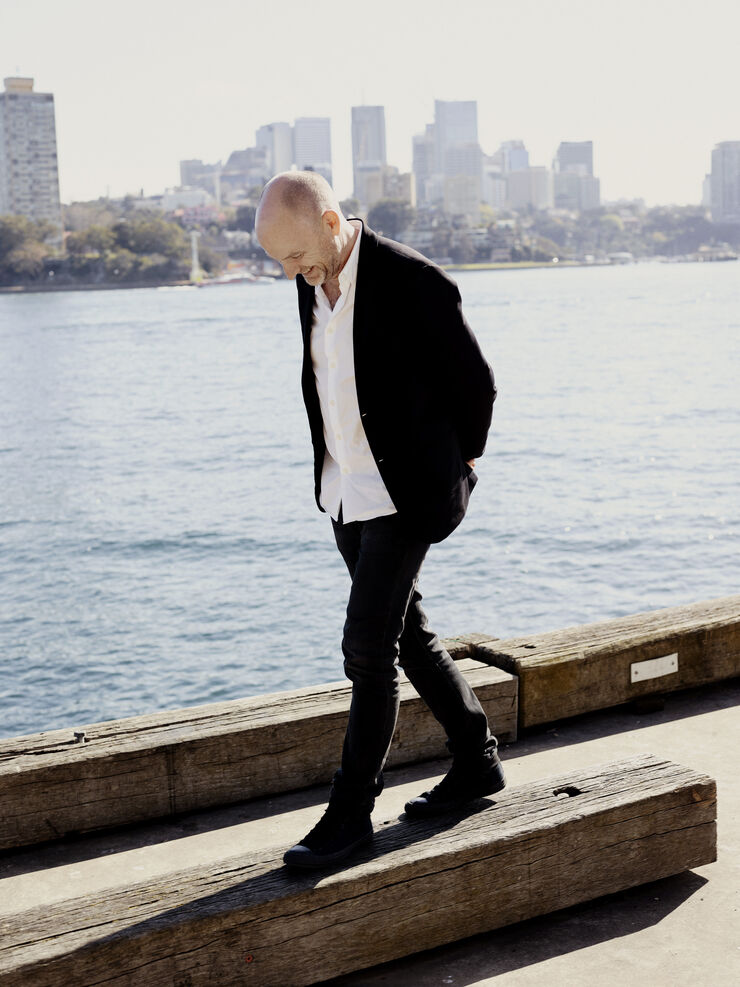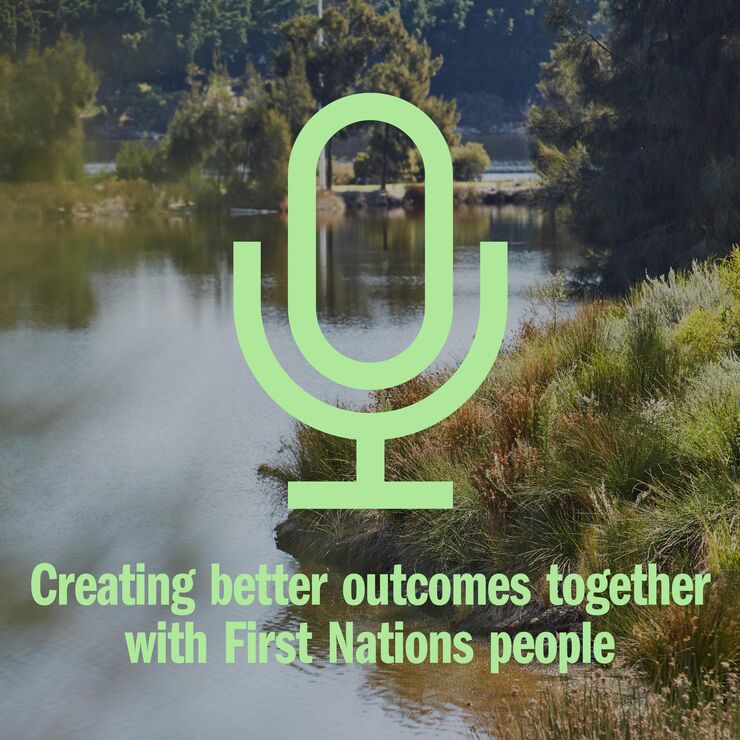Sustainability highlights
By elevating Country as the highest priority, future sustainability is inherently incorporated as Country nurtures and cares for all in return. It will be grounded in First Nations knowledge, in actions and decisions that support and sustain life – human, plant and animal.
We have identified opportunities to provide low-energy outcomes in relation to energy, water, waste, materials and transport, all while enhancing the integrity of the architectural vision.
There is also an opportunity to apply the Bizot Green Protocol to areas with close control environments and lead the assessment of embodied carbon. The Protocol provides science-based guiding principles for museums to reduce their carbon emissions, while supporting long-term preservation of cultural objects.
We have considered their interaction with land and culture. This can be seen through the expressions of harvesting daylight and moonlight to illuminate internal spaces, creating views to sky and land, using the land as a heat sink to help modulate thermal environments and optimising the thermal performance of the built form.
The landscapes and gardens of the Precinct have the potential to be an ongoing horticultural legacy for Canberra. They could be used as a catalyst to create a First Nations led nursery, a base for First Nations landscape contractors and Indigenous education or as a commercial operation that provides employment, education and income.
